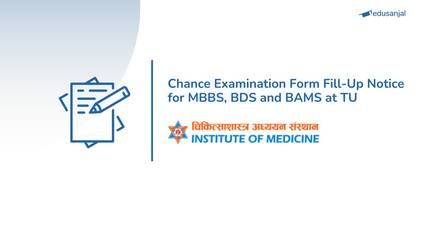Soorya Lal Amatya, 75 a permanent resident of Kupondole, Lalitpur, is the Rector of Tribhuvan University (TU). Amatya, who is associated with the oldest varsity of the country since a year after its establishment, is the only professor of the university serving for the last half a century. Amatya gets nostalgic and walks down memory lane to talk about the 1960s, which he terms as the beginning of the academic development era in Nepal.
By age, I have already marked the platinum jubilee and this is the golden jubilee year for my service in the TU. While every Nepali had to depend on foreign boards for higher education, the then democratic government in 1959 endorsed the Education Commission Act, which for the first time, laid the foundation for the establishment of a university in the country. Based on that legal framework, the first university of the county—Tribhuvan University—was the established in 1960. My service as assistant lecturer started one year after that.
The academic programme of the largest university of the country began from the building of a guest house of the Ministry of Foreign Affairs at Tripureshwor—exactly at the same place where the The United World Trade Centre is located at present. It came into operation with some 200 students, while Subarna Sumsher Rana was the first Vice-Chancellor followed by Rana Dwip Subba, Rudra Raj Pandey and others.
Though around half a dozen colleges, including Tri-Chandra, Padma Kanya, Balmiki Vidyapith, College of Education and Patan Campus, were in operation before the TU was established, all of them were affiliated to Patna University (PU) in Bihar, India. These colleges taught PU’s curriculum and the PU Examination Board would conduct examinations. Even the TU taught PU curriculum for three years till 1963.
As no competent human resource was available in the country, experts hired from PU, Calcutta University, Hindu University in Banaras, and those who came under the Colombo Plan, helped in the development of the curriculum. It was only after 1964 that students in Nepal got an opportunity to study the Nepali curriculum. History, Political Science, English, Nepali, Mathematics and Culture were the subjects first endorsed in the university under the faculty of Humanities and Social Science. Only two dozen faculty members, half of them from India and the others under the Colombo Plan, were in the TU in the beginning.
The University was shifted to Kirtipur in 1967. This paved the way for the addition of Commerce (now management) and Science and Technology in the early 70s. In 1971, the government endorsed the Nepal Education System Plan, which banned private and public colleges and schools and nationalised all public colleges and brought them under TU. I regard myself lucky for I am among a handful of people who got the opportunity to experience various regimes—absolute authoritarian rule, partially liberal after 1979, democratic after 1990 and republic after 2006. All these years, there has been a lot of social and political changes in the country and the academic sector is no exception.
A lot has been achieved in the last 52 years. Starting with 200 students, TU now has over half-a-million students with 60 constituent and 676 affiliated colleges keeping it among the 20 largest universities in the world. However, more still needs to be done. I have witnessed positive changes in this sector. However, these days I am saddened by the politicisation and deteriorating discipline among students and teachers.
Previously, I used to feel that there was full cooperation, protection and reverence from students and teachers when it came to enhancing TU and the education sector as a whole. But such a feeling is eroding by the day.












